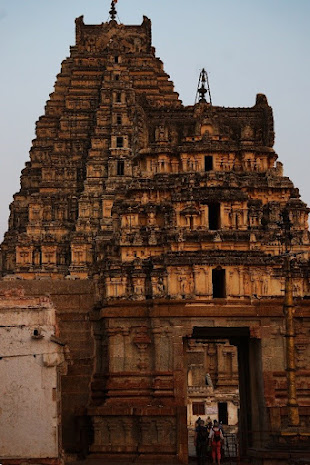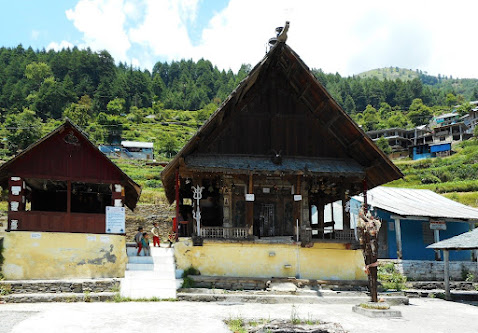PAINTINGS OF VIRUPAKSHA TEMPLE

Site name: Virupaksha Temple, Bellari, Karnataka Article written by: Shreeya Rawat PAINTINGS OF VIRUPAKSHA TEMPLE The Virupaksha Temple or the Lokeshwara Temple dedicated to Lord Shiva is situated at Hampi in the Bellari district of Karnataka. ‘ Virupa ’ means ‘no form’, and ‘ aksha ’ means ‘eyes’, hence Virupaksha, a name for Lord Shiva, literally means eyes without any form. The temple is built in the Dravidian style of architecture and is located along the southern bank of the Tungabhadra River. The temple is a part of the Group of Monuments at Hampi, designated as a UNESCO World Heritage Site. Lakkan Dandesha, a Nayaka chieftain under the rule of Deva Raya II of the Vijayanagara Empire built this temple in the 7th century C.E. Later additions were made to the temple structure during the late Chalukyan and Hoysala periods. It is one of the oldest living temples in Hampi. The ceiling of the ranga mandapa of the temple houses wall paintings made in tempera technique....


